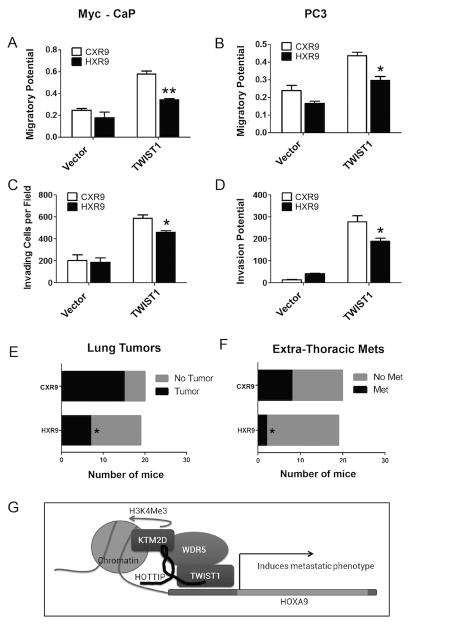Figure 7. Pharmacologic inhibition of HOXA9 activity mitigates the pro-metastatic effects of TWIST1 in vitro and in vivo.
(A) Treatment with 10 nM HXR9, a peptide inhibitor of HOXA9, led to decreased cell migration and (C) invasion compared to the control peptide, CXR9, in Myc-CaP-TWIST1 cells, but not in vector control cells. (B) Treatment with 10 nM HXR9 led to a decrease in cell migratory potential and (D) invasion through Matrigel compared to CXR9 treatment only in PC3-TWIST1 cells and not in PC3 vector control cells. (A)-(D) n≥3, Mann-Whitney t-test: *, p< 0.05; **, p< 0.01, +/-SEM. (E) A graph comparing number of athymic nude male mice with macroscopic lung tumors after tail vein injection of Myc-CaP-TWIST1 cells pre-treated with HXR9 or CXR9 (n=19-20 mice/arm, *p=0.018 by Fisher's one-sided exact test). (F) Graph comparing number of athymic nude male mice with presence of at least one extra-thoracic (ET) metastasis after tail vein injection of Myc-CaP-TWIST1 cells treated with HXR9 or CXR9 (n=19-20 mice/arm, p=0.039 by Fisher's one-sided exact test). (G) Model of a proposed TWIST1-WDR5-HOTTIP-KMT2D complex.

